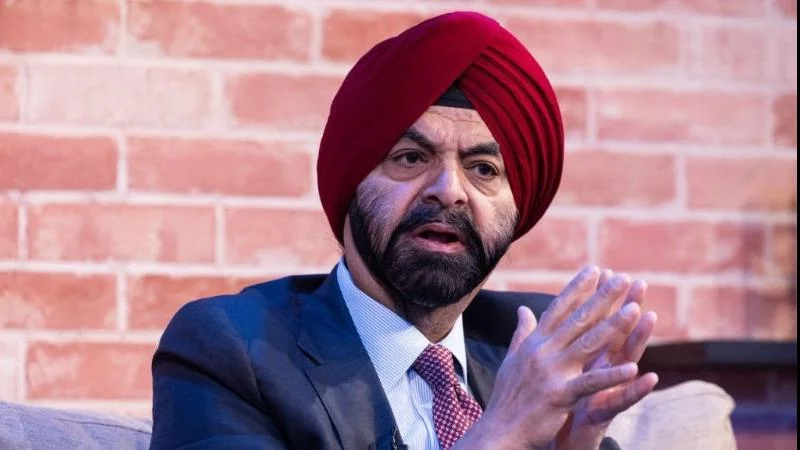Jordan has made significant progress in reducing its use of ozone-depleting substances (ODS), cutting national consumption by 87 percent through cooperation with the private sector, according to the World Bank. The country’s industrial sector, particularly manufacturers of foam, refrigeration, and air conditioning products, previously relied on hydrochlorofluorocarbons (HCFCs), which are potent greenhouse gases that harm the ozone layer.
The most widely used HCFC in Jordan is nearly 2,000 times more potent than carbon dioxide as a greenhouse gas. Between 2006 and 2010, the country’s HCFC consumption almost doubled to 1,405 metric tons due to increased demand for air conditioning during a severe heat wave.
With support from the World Bank, Jordan launched the Ozone Depleting Substances HCFC Phase-Out Project (ODS3) between 2013 and 2024. This project was part of Jordan’s commitment under the Montreal Protocol, an international treaty aimed at protecting the ozone layer by phasing out such substances.
As part of its obligations as a signatory to the Montreal Protocol, Jordan pledged to eliminate HCFCs by 2030. The ODS3 project facilitated this process by assisting businesses in adopting safer alternatives that do not compromise productivity or jobs. Building on earlier initiatives dating back to 1994 and previous legislation banning HCFCs and reducing imports of ODS, ODS3 promoted cleaner technologies across various industries.
By completing this phase-out ahead of schedule for two major types of HCFCs, Jordan also avoided more than 240,000 tons of CO₂-equivalent emissions—the equivalent impact of taking over 50,000 gasoline-powered cars off the road for one year.
Much of this progress involved small and medium-sized enterprises: out of 48 supported companies, 40 were SMEs. Despite challenges such as limited production space and resources for experimentation with new substances, these businesses successfully transitioned away from harmful chemicals thanks to technical support and grant financing.
“We have upgraded our air conditioner production facilities with environmentally friendly equipment. This has had a major impact: boosting our productivity, earning us classification as green energy factories, and securing energy efficiency certificates in line with European Union standards," said Anas Ahmad Dawood, worker at the Mohammad Abu Haltam Group in Amman.
Eight large companies contributed over $1.76 million in private capital toward their own transitions away from HCFCs—demonstrating confidence in investing in cleaner technologies.
The success of ODS3 was achieved through collaboration among the World Bank, Jordan’s Ministry of Environment, UNIDO (United Nations Industrial Development Organization), and private industry partners. The National Ozone Unit now leads enforcement efforts for related policies nationwide; a ban on two primary HCFCs is expected to secure long-term results.
Participating companies reported benefits beyond environmental compliance—including improved workplace safety, higher productivity levels, reduced waste generation after converting to non-ODS alternatives—and several gained access to export markets that restrict products made with banned substances.
Maria Sarraf—Environment Program Manager for Middle East, North Africa, Afghanistan and Pakistan at the World Bank—said: “Jordan’s journey is not just a success story in environmental protection—it’s a model for how countries can align sustainability with private sector development and industrial competitiveness.”
Jordan's experience offers lessons for other nations seeking both economic resilience and fulfillment of global environmental commitments through public-private partnership models.

